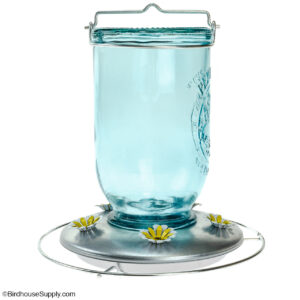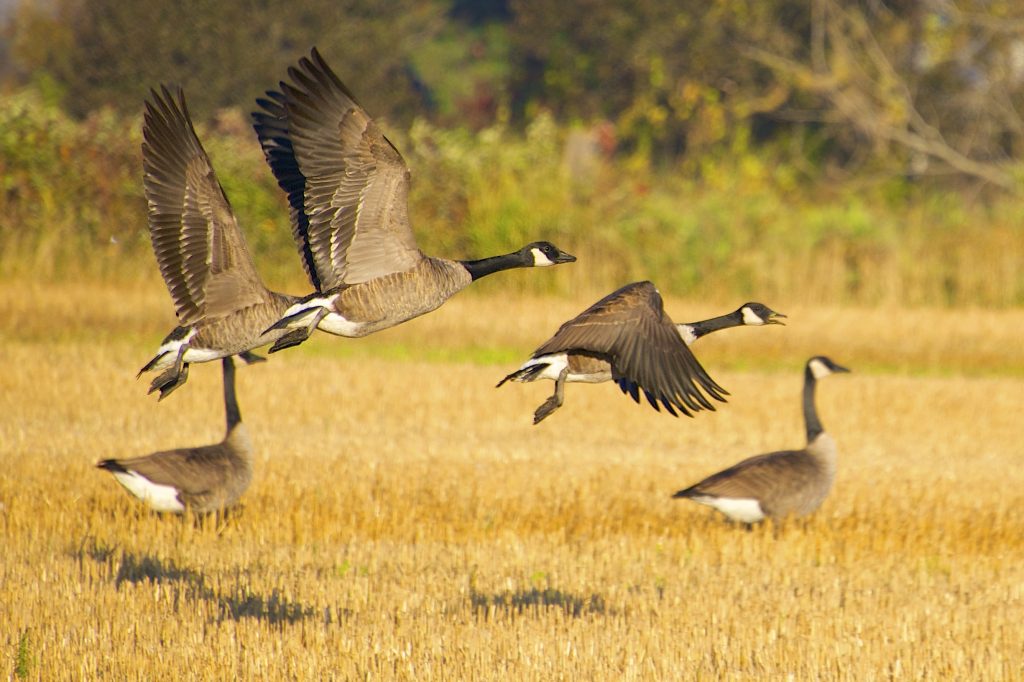Ever since the summer solstice, the days have been inching and tiptoeing ever shorter, as summer starts to pull the curtain of twilight earlier and hit the roost. I hate that.
But wishing for eternal, long days of wonderfulness just ain’t in the cards. The birds are packing their belongings and gathering their now fully fluffed fledglings – time to hit the trail…as they have done for eons.
Migration season begins with a critical window of birds packing on the “fuel” for the long journey. Long is relative, as some of the tiniest hummers have the longest journey while the jumbo jet geese set down the landing gear along the Chesapeake. The birds are thoroughly prepared to gather their frequent flyer miles, but helping them with baggage claim and – well, actually you will be helping them with their pre-flight lounge time.
Enjoy these great links to get ready for some amazing bird watching. Find out what flight path you live on and what flight path you would like to visit! Most of us are lucky enough to gaze skyward and enjoy the exciting show. For those who live along the waterfowl flyways in northern climates the honking of the Canada geese are the harbingers of fall. Wherever you live, get ready for the winged action!
Times and flight maps (departures and arrivals):
- Flight migration times and pathways on Bird Cast
- Easy to follow information on the United States flyways
Migration Checklist
Ensure that the feeders are cleaned and disinfected for the flyway visitors. Use dish soap to scrub away any grime and rinse the soap residue. Scrub the feeder with baking soda and rinse that – the soda will help to clear away any extra, clinging soap scum. The baking soda is gentle enough for glass and plastic – just do not scrub too hard on the plastic feeder tubes.
Disinfecting: This should be done twice a month or more if you are receiving heavy bird traffic. Be wary of the appearance of sick birds. If you notice several dying or dead birds – bring them to a wildlife vet or alert your local wildlife agents.
• Prepare a spray of Oxine according to manufacturer’s directions. It is available at livestock and food preparation stores.
• Mix up a 10% solution of bleach. Add nine parts water to one part of household bleach. Immerse the equipment for a few minutes.
Feed Resources – Prepared and Planted
Songbirds begin migrating down from their northern nesting grounds when the daylight begins to lessen. Some species, like the junco and titmouse, reach New England and touch down for the winter. These are the familiar winter visitors that frequent feeders and dictate the seed choices you will want to have available in your birding pantry.
Bird Pantry: Sunflower seed, mixed seeds (millet, safflower), shelled nuts and suet logs or cakes.
Many open croplands are left available for migrating waterfowl and other flocking species. Plant field corn or leave stands un-harvested for these migrating fowl. Setting cover crops of rye ensures a refueling option, and these stands of food remain available when the ducks and geese return in the spring.
Gardeners can provide plantings that supply feathered travelers. Sunflowers enhance the aesthetics of your garden space while offering an early selection of seed in “natural” packaging. The first visitors to these smiling, yellow-faced heads will be the delightful goldfinches. Watch the chickadees join in the banquet.
If you grow flowers, plant seed-makers like daisies and coreopsis. Add phlox, butterfly bushes and other late bloomers to fortify the hummingbirds.
Provide fruiting shrubs and trees – beautyberry, honeysuckle, holly, dogwood, cornelian cherry, apple, crabapple, pear… and don’t forget rosehips and bramble roses. These trees and brush provide wildlife food for months – even the apples will provide produce for the fruit eaters and the insectivores will devour the fruit pests and other insects attracted to the dropped fruits. Many of these fruiting plants will supply nourishment for birds well into the spring.
This is a difficult time for wildlife emerging from the winter, as many natural foods are in short supply. When the birds are returning from their winter stomping grounds, they will be in need of resources. The fall offers a well-stocked cupboard, but food is quite scarce in the spring!
Nut trees are an important source of food – acorns, walnut, butternut, black walnut and hazelnut provide food for the travelers as well as those that stick around through the winter. Bluebirds relish the worms that the nut husks harbor!
Humming Traveling Tunes
Don’t forget these little zippers. The hummingbirds are migrating and they need plenty of reserves to keep buzzing.
For those of us that maintain the late summer blooms, like monarda and butterfly bush – you will see the hummers making their pit stops on these blossoms.
These tiny birds have one of the longest journeys to their South and Central American wintering habitats.
Bird watching and feeding really is a global endeavor. Keep the hummingbird nectar feeders going for a bit longer. There are many quality nectars and nectar mixes on the market. Store your nectars according to the manufacturer’s instructions and keep nectar feeders clean and mildew free. Mildew and bacterial growth can harm and kill hummingbirds.
As the Cornell Ornithology Lab reminds us,
“When the days get shorter, the hummingbirds will move on, regardless of whether there are still filled feeders available for them. [Birders should] keep their hummingbird feeders full for several weeks after they have seen the last hummer just in case there are stragglers in need of additional energy before they complete their long journey south.”
Water Resources
 Water is extremely important. Providing clean sources of water for songbirds to drink and bathe in will attract far more species of birds to your property – this simple element has tremendous flock appeal! If you can run a fountain, do so. You will be amazed of the alluring power of moving and splashing water. There are solar options available for areas where electricity is not available.
Water is extremely important. Providing clean sources of water for songbirds to drink and bathe in will attract far more species of birds to your property – this simple element has tremendous flock appeal! If you can run a fountain, do so. You will be amazed of the alluring power of moving and splashing water. There are solar options available for areas where electricity is not available.
Moving water keeps the drinking fountain fresh and deters egg-laying insects from reproducing in your birdbath. Acquiring a good quality birdbath is one of the best “birding” purchases you can make. Ensure the water gets changed frequently and the vessel scrubbed on a weekly basis. If the weather remains warm, or a warm day appears, empty the birdbath and allow it to dry. The sun will disinfect the bathing area.
Try adding a water treatment/purifier made especially for wildlife. Never use harsh chemical cleaners in your birdbath. Simple garden lime, or baking soda, make perfect scrubbers. Do not use human cleaning products or purifiers unless specified as safe for wildlife and aquatic animals, such as Songbird Essentials Birdbath Cleaner.
Twilight Tips
Butterflies are also flittering on their journeys south – travel isn’t just for the birds. Supply butterfly gardens and fall bloomers to help out these dainty but rugged critters on their journey. Get those painted wingers through storms and hazards by supplying a house for the butterflies to lounge and take their own pit stop in your posies.
The most important thing we all can do for wild birds is to be ecological cheerleaders. Birds, and other wildlife, rely on habitat and on vast areas of provisions that those natural and untarnished habitats provide them. Encourage wetland conservation and root for the restoration and preservation of delicate coastal marshes and barrier zones (Gulf of Mexico, Everglades, Chesapeake). These areas have served avian travelers for generations long before humans began impacting these delicate rest areas. Let’s maintain them for their feathered descendants. (Read more about migration and bird ecosystems here.)
Note to poultry keepers: It pays to use caution when attracting birds to your property if you live along certain flyways that include habitat for waterfowl. There is an avian influenza outbreak and it may not be a good idea for any poultry keepers to feed wild birds. Do not allow poultry to come into contact with any wild waterfowl or wild bird feeders and waterers. Always wash your hands after handling wild bird equipment and disinfect your shoes if you have been walking in wild bird contaminated areas.
Although the outbreak is expected to wane, individuals in the Upper Midwest with poultry along the Mississippi and eastern Central flyways need to be alert. Click here for a map of the outbreak from the University of Illinois. Contact your state veterinarian or agriculture department websites for updates.


